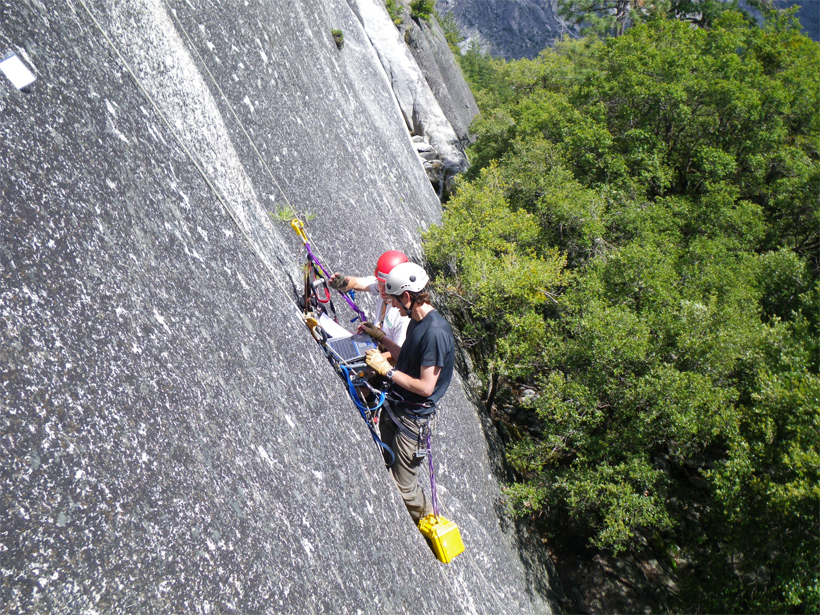During the Ediacaran period more than a half billion years ago, clay mineral coats likely shielded delicate remains, helping them become exquisitely preserved in rock, recent experiments suggest.
L. Joel
Lucas Joel writes to explore the connection between nature and humans.
Posted inNews
Gypsum Forms in an Unexpected Way
Scientists spot the "stem cell" building blocks that lay the foundation for gypsum's formation.
Posted inNews
A Warm Day Can Trigger Rockfalls
Research on a cliff face in Yosemite National Park finds that when rockfalls happen without an obvious cause, ordinary warming in the Sun could be the culprit.



